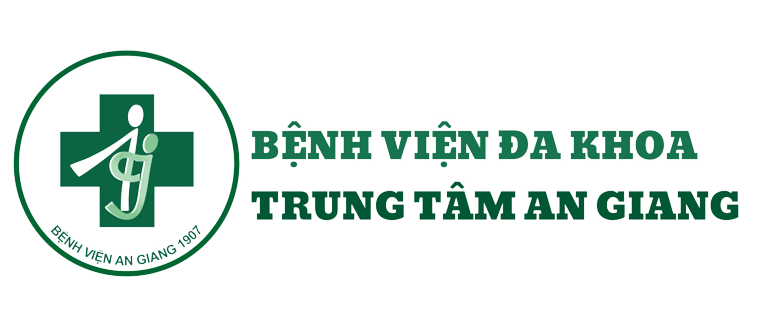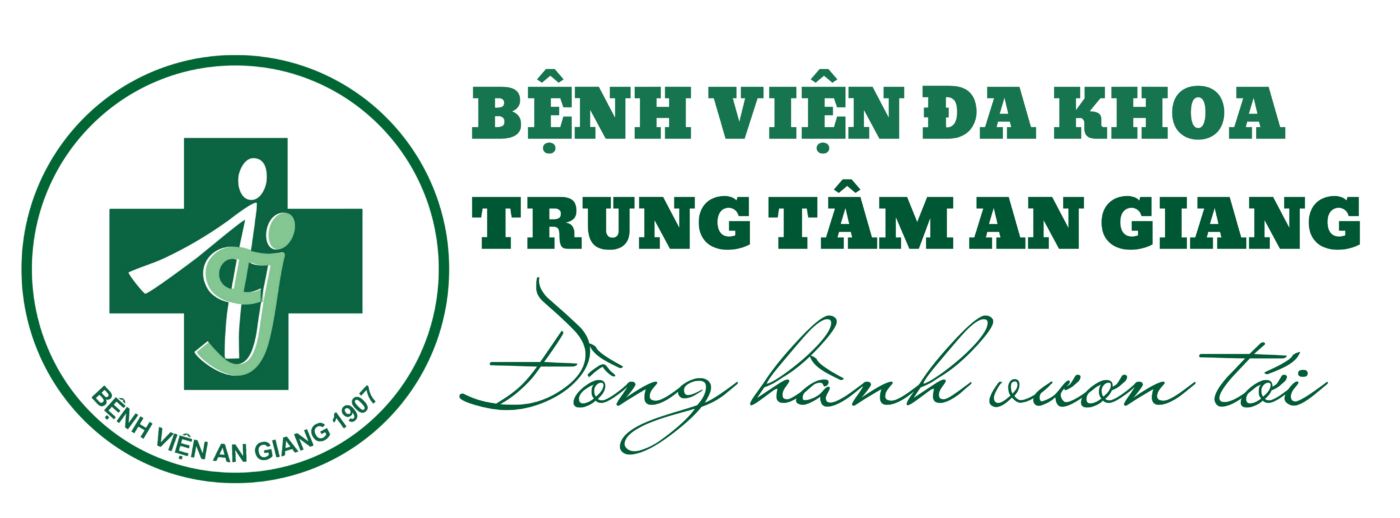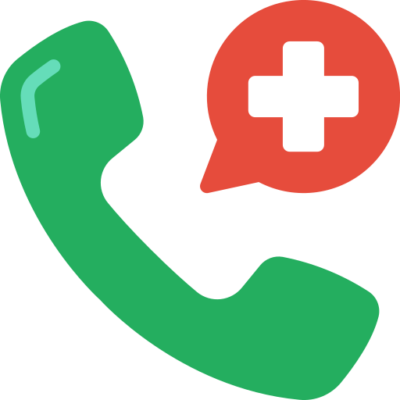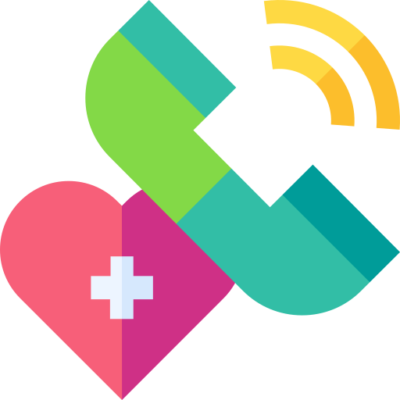Cochrane Database Syst Rev. 2007 Oct 17;(4):CD003772.
Hodson EM, Willis NS, Craig JC.
Children’s Hospital at Westmead, Centre for Kidney Research, Locked Bag 4001, Westmead, NSW, Australia, 2145. Elisah@chw.edu.au
BACKGROUND: Urinary tract infection (UTI) is one of the most common bacterial infection in infants. The most severe form of UTI is acute pyelonephritis, which results in significant acute morbidity and may cause permanent renal damage. Published guidelines recommend treatment of acute pyelonephritis initially with intravenous (IV) therapy followed by oral therapy for seven to 14 days though there is no consensus on the duration of either IV or oral therapy. OBJECTIVES: To determine the benefits and harms of different antibiotic regimens for the treatment of acute pyelonephritis in children.
SEARCH STRATEGY: We searched the Cochrane Central Register of Controlled Trials (CENTRAL), MEDLINE, EMBASE, reference lists of articles and conference proceedings without language restriction. Date of most recent search: December 2006.
SELECTION CRITERIA: Randomised and quasi-randomised controlled trials comparing different antibiotic agents, routes, frequencies or durations of therapy in children aged 0 to 18 years with proven UTI and acute pyelonephritis were selected.
DATA COLLECTION AND ANALYSIS: Two authors independently assessed study quality and extracted data. Statistical analyses were performed using the random effects model and the results expressed as relative risk (RR) for dichotomous outcomes or mean difference (WMD) for continuous data with 95% confidence intervals (CI).
MAIN RESULTS: Twenty three studies (3295 children) were eligible for inclusion. No significant differences were found in persistent renal damage at 6 months (2 studies, 424 children: RR 0.87, 95% CI 0.35 to 2.16) or in duration of fever (2 studies, 693 children: WMD 1.54, 95% CI -1.67 to 4.76) between oral antibiotic therapy (10 to 14 days) and IV therapy (3 days) followed by oral therapy (10 days). Similarly no significant differences in persistent renal damage (3 studies, 341 children: RR 1.13, 95% CI 0.86 to 1.49) were found between IV therapy (3 to 4 days) followed by oral therapy and IV therapy for 7 to 14 days. No significant differences in efficacy were found between daily and thrice daily administration of aminoglycosides (1 study, 179 children, persistent symptoms at 3 days: RR 1.98, 95% CI 0.37 to 10.53).
AUTHORS’ CONCLUSIONS: These results suggest that children with acute pyelonephritis can be treated effectively with oral antibiotics (cefixime, ceftibuten and amoxycillin/clavulanic acid) or with short courses (2 to 4 days) of IV therapy followed by oral therapy. If IV therapy is chosen, single daily dosing with aminoglycosides is safe and effective. Studies are required to determine the optimal total duration of therapy.





